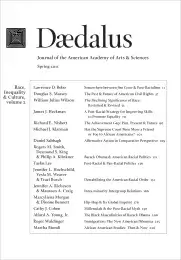Immigration: The New American Dilemma
On July 3, 1984, The Wall Street Journal’s editorial page called for a laissez-faire immigration policy, allowing labor to flow as freely as goods. In a salute to immigrants, the editors asked, would anyone “want to ‘control the borders’ at the moral expense of a 2,000-mile Berlin Wall with minefields, dogs, and machine-gun towers?” Answering “no,” the editors instead proposed a constitutional amendment: “There shall be open borders.”1 In this manner, the Journal celebrated every July 4, until the events of September 11, 2001, made it difficult to adhere to the old-time libertarian faith. While American businesses and economists have continued to believe that more immigrants are better than fewer, most Americans see the matter differently. Much to the public’s frustration, America’s government has been unable to reduce immigration; only the Great Recession of 2009 managed to curb the flow of migrants crossing U.S. borders.
From the perspective of the developing world, migration controls imposed by the United States and other rich democracies are all too effective, deterring millions from sharing the good fortune enjoyed by the residents of wealthy countries. Given that people from the poorest countries have the most to gain from crossing borders, opening the doors even modestly would yield a significant benefit for the world’s poor. In fact, if rich countries allowed their labor forces to rise by a mere 3 percent, the gains to citizens of poor countries . . .
